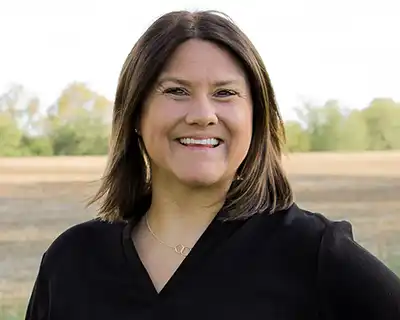What’s on Your Back 40?
Experimenting with Regenerative Practices
Experimentation has been at the heart of agriculture since humans first started cultivating the soil many millennia ago. And farming in the 21st century is no different.
Farmers continually strive to find ways to build soil health, ensure profitability, and contribute to a resilient global food system—all while safeguarding the natural resources we all share. Yet, farming practices are not one size fits all. The challenge is finding out which regenerative practices work best on individual farms by testing them out.

“Every farm should have a back 40 on it where we try something different, something that maybe makes us uncomfortable,” says Fred Yoder, chairman Yoder Ag Services LLC, in Plain City, Ohio.
Elyssa McFarland, an Iowa farmer, explains that the back 40 doesn’t have to be 40 acres. “It’s where you try stuff out, where you experiment with new practices that you maybe don’t want to put along the highway if you’re not sure it’s going to turn out the way you thought.”
Testing out various cover crop mixes, for instance, can help a grower determine which species grow the best, build up the most nutrients in the soil, and most effectively control erosion.
On one plot, Yoder is testing 18 species of cover crops seeds and found that the most prolific is the sunflower.
“Each cover crop brings something different,” says Yoder. “Thirty years ago it was estimated that over a five-year period we could be losing up to 100 tons of top soil per acre. Whether you have wind erosion or whether you have water erosion, keep the ground covered and all of a sudden, we’re [not losing soil]. In fact, we’re building. Regeneration of soil is something we better pay attention to.”
To learn more about how you can experiment with cover crops or other regenerative practices, please contact your local NRCS Service Center.



